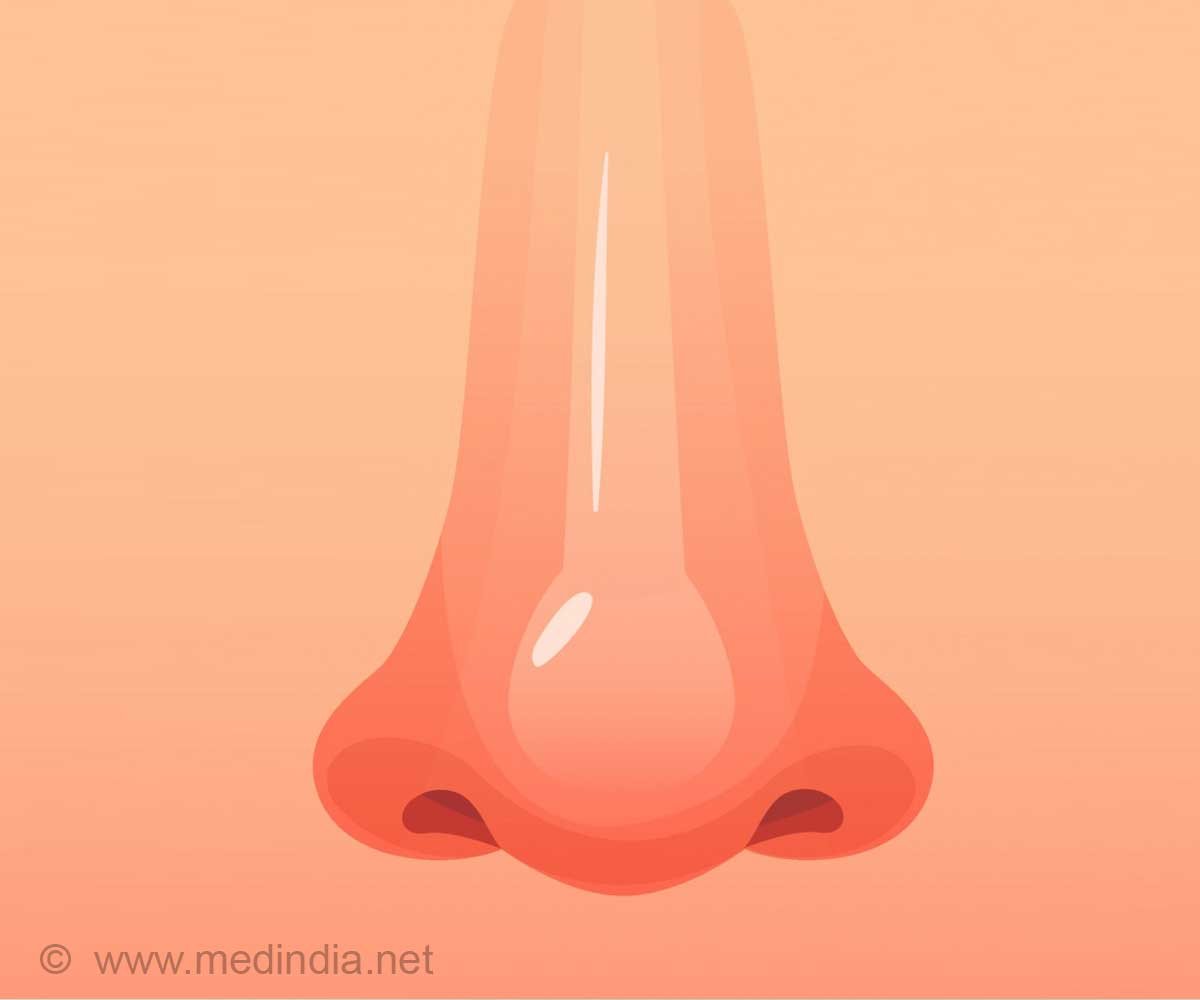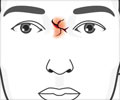The width of the nostrils and the base of the nose measurements differed across populations more than could be accounted for by genetic drift.

‘The nose is one of the most distinctive facial features, which also has the important job of conditioning the air that we breathe.’





Differences in the human nose -- big, small, broad, narrow, long or short, turned up, pug, hooked, bulbous -- may have accumulated among populations through time as a result of a random process called genetic drift. However, the study led by researchers from Pennsylvania State University in the US, showed that the width of the nostrils and the base of the nose measurements differed across populations more than could be accounted for by genetic drift, indicating a role for natural selection in the evolution of nose shape in humans.
To show that the local climate contributed to this difference, the team focused on nose traits that differ across populations and looked at geographical variation with respect to temperature and humidity.
The results, appearing in the journal PLOS Genetics, revealed that the width of the nostrils is strongly correlated with temperature and absolute humidity.
"The positive direction of the effects indicate that wider noses are more common in warm-humid climates, while narrower noses are more common in cold-dry climates," said Mark D. Shriver, Professor at Pennsylvania State University.
Advertisement
The narrower nostrils seem to alter the airflow so that the mucous-covered inside of the nose can humidify and warm the air more efficiently. It was probably more essential to have this trait in cold and dry climates, Shriver said.
Advertisement
This further, lead to a gradual decrease in nose width in populations living far away from the equator, the researchers said.
Source-IANS











